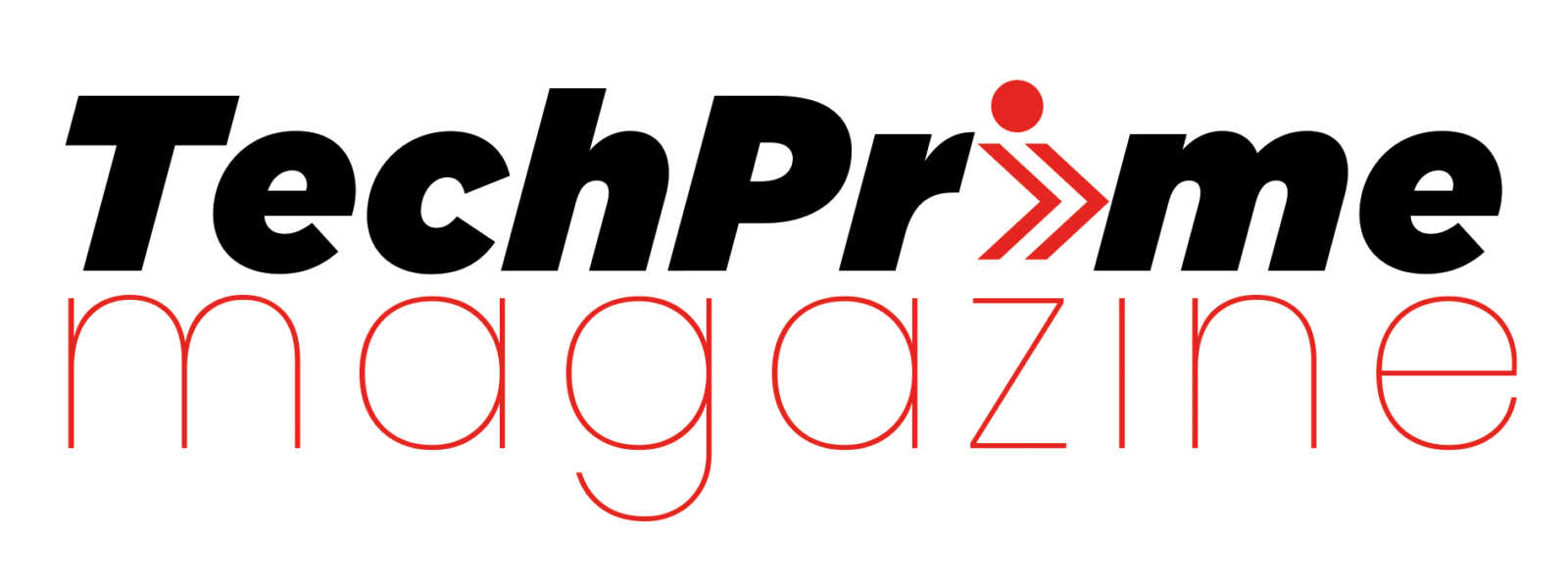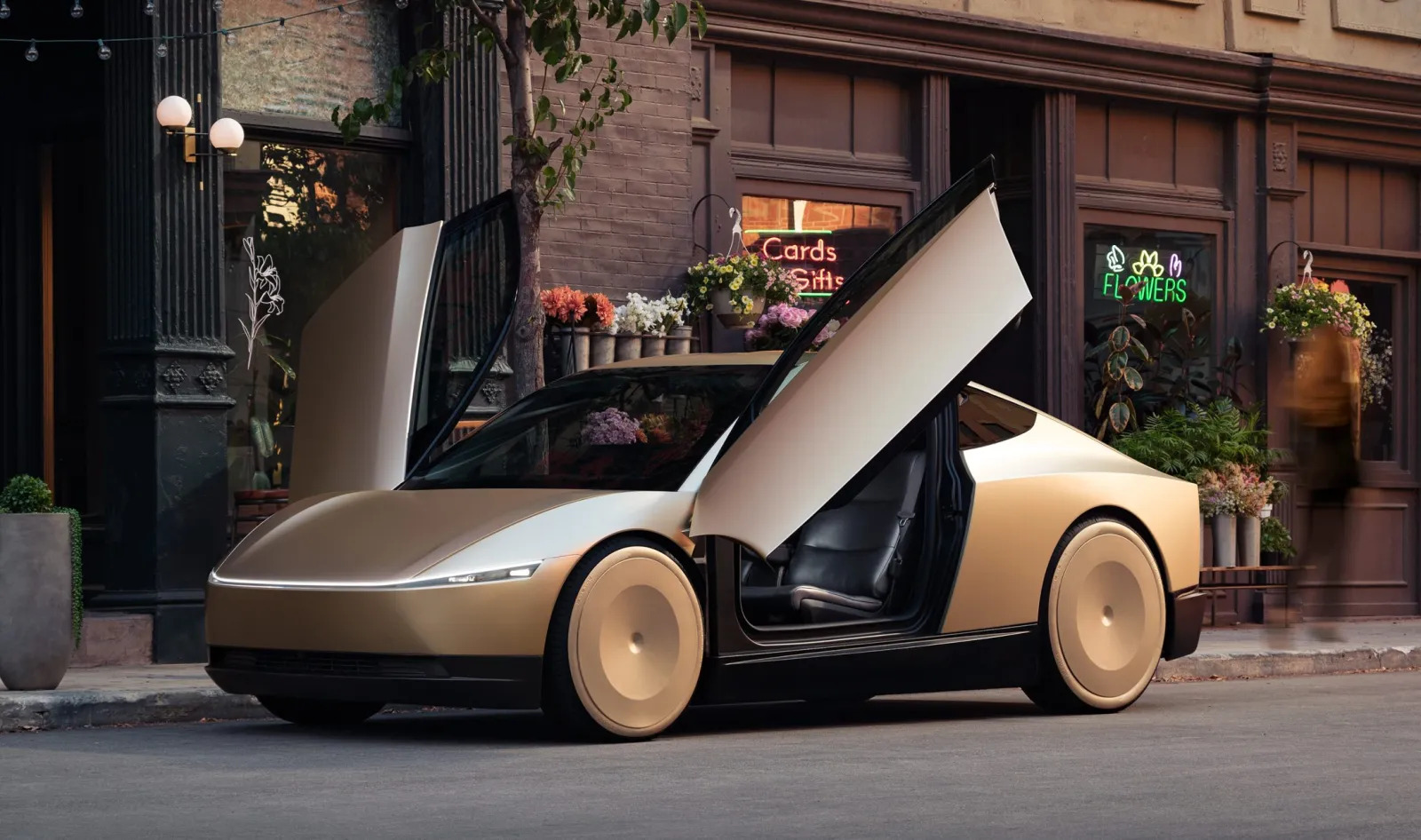“The economic value of a truly autonomous fleet is immense. It changes everything.” – Elon Musk
Elon Musk’s EV maker, Tesla has announced plans to start availing its robotaxi service to the public.
In a statement shared by Musk on X (formerly Twitter), the company has set June 22 as the tentative date for this groundbreaking move.
This marks a new beginning for Tesla which has been working around monetizing of autonomous cars for nearly a decade. The success of the probject opens a new chapter for Tesla as it endeavors to monetize its extensive investment in Full Self-Driving (FSD) technology.
The forthcoming launch underscores a determined push to transition from advanced driver-assistance systems to truly autonomous operation.
A Decade in the Making: The Robotaxi’s Genesis
Musk’s and Tesla’s vision for public robotaxis has been lingering for a long time. He had earlier predicted that the company would have “over a million robotaxis on the road” by 2020. While those early timelines proved overly optimistic, the underlying commitment to a self-driving future remained unwavering.
The journey has been characterized by iterative advancements in Tesla’s FSD software, which relies primarily on a vision-based system utilizing cameras and neural networks.
Unlike some competitors that integrate LiDAR or extensive high-definition mapping, Tesla’s approach has emphasized a more generalized artificial intelligence capable of navigating dynamic environments. This strategy has been a subject of intense debate among industry experts, with proponents lauding its scalability and detractors raising concerns about its robustness in all conditions.
Over the past few years, Tesla vehicles equipped with FSD Beta have accumulated billions of miles of real-world driving data, a dataset unparalleled in the autonomous vehicle industry. This data has helped the EV manufacturer to refine the software often released to the general public with disclaimers emphasizing the driver’s responsibility to remain attentive.
The Austin Pilot: A Controlled Debut
The initial rollout in Austin is expected to be a controlled pilot program, commencing with a modest fleet of 10-20 Model Y SUVs.
These vehicles, which Musk affirmed are “unmodified Tesla cars coming straight from the factory,” will operate within “geofenced” areas of Austin, under the watchful eye of remote human supervisors, referred to as “teleoperators.”
“We believe this is a prudent and measured approach to introducing this transformative technology,” stated Rohan Patel, Tesla’s Vice President of Public Policy, in a recent internal memo. “Our priority remains the utmost safety and reliability as we scale this service.”
The choice of Austin as the launchpad is strategic. Texas boasts a more lenient regulatory environment for autonomous vehicles compared to some other states, allowing for greater flexibility in testing and deployment. This stands in contrast to California, where Tesla has historically faced stricter scrutiny from the Department of Motor Vehicles.
Executive Insights: Confidence and Caution
While the excitement surrounding the robotaxi launch is palpable, Tesla executives are balancing optimism with a healthy dose of caution. “The robotaxi network represents a monumental leap in urban mobility, offering unparalleled convenience and efficiency,” remarked Lars Moravy, Tesla’s Vice President of Vehicle Engineering. “We are confident in our technological capabilities, but we are also immensely focused on the meticulous details of deployment and real-world performance, “ he added.
Ashok Elluswamy, who leads Tesla’s Autopilot teams, underscored the iterative nature of the development. “The software powering these robotaxis is a highly advanced version of our Full Self-Driving, optimized for unsupervised operation within specific environments,” Elluswamy explained during a recent private briefing. “We are continuously learning and improving with every mile driven, and the Austin pilot will be instrumental in further accelerating that progress.”
Musk himself has remained a vocal proponent of the robotaxi vision, emphasizing the long-term economic implications. He opines that autonomous ride-hailing will drastically reduce the cost of transportation, making it more accessible and environmentally friendly. “The economic value of a truly autonomous fleet is immense,” Musk reiterated in a recent public address. “It changes everything.”
Competitive Landscape and Future Outlook
Tesla’s entry into the robotaxi arena intensifies the competition with established players like Waymo, a subsidiary of Alphabet, and Cruise, backed by General Motors.
Both Waymo and Cruise have been operating limited robotaxi services in various U.S. cities for some time, accumulating significant real-world experience. However, their approaches often involve custom-built autonomous vehicles and a more extensive reliance on LiDAR sensors.
The global robotaxi market is projected for exponential growth. Analysts forecast a multi-billion dollar industry in the coming decade. “The stakes are incredibly high,” noted Dan Ives, a prominent analyst at Wedbush, in a recent client note. “Tesla’s robotaxi launch is the start of its autonomous future and a new growth chapter.”
The success of the Austin pilot will undoubtedly dictate the pace of Tesla’s expansion. The company has hinted at plans to extend the service to other major U.S. cities, including Los Angeles, San Antonio, and San Francisco, in the near future. However, the path to widespread adoption will necessitate navigating complex regulatory frameworks, addressing public perception, and ensuring a flawless safety record.
As the moment of truth approaches, all eyes will be on Austin, as Tesla attempts to transform its long-held robotaxi ambition into a tangible reality, potentially ushering in a new era of driverless transportation.
Tesla Poised to Unveil Robotaxi Service, Ushering in New Era of Autonomous Mobility
AUSTIN, TEXAS – [Date of Publication, e.g., Early June 2025] –
Elon Musk’s EV maker, Tesla has announced plans to start avaialing its robotaxi service to the public.
In a statement shared by Musk on X(formerly Twitter), the company has set June 22 as the tentative date for this groundbreaking move.
This marks a new beginning for Tesla which has been working around monetizing of autonomous cars for nearly a decade. The success of the probject opens a new chapter for Tesla as it endeavors to monetize its extensive investment in Full Self-Driving (FSD) technology.
The forthcoming launch underscores a determined push to transition from advanced driver-assistance systems to truly autonomous operation.
A Decade in the Making: The Robotaxi’s Genesis
Musk’s and Tesla’s vision for public robotaxis has been lingering for a long time. He had earlier predicted that the company would have “over a million robotaxis on the road” by 2020. While those early timelines proved overly optimistic, the underlying commitment to a self-driving future remained unwavering.
The journey has been characterized by iterative advancements in Tesla’s FSD software, which relies primarily on a vision-based system utilizing cameras and neural networks.
Unlike some competitors that integrate LiDAR or extensive high-definition mapping, Tesla’s approach has emphasized a more generalized artificial intelligence capable of navigating dynamic environments. This strategy has been a subject of intense debate among industry experts, with proponents lauding its scalability and detractors raising concerns about its robustness in all conditions.
Over the past few years, Tesla vehicles equipped with FSD Beta have accumulated billions of miles of real-world driving data, a dataset unparalleled in the autonomous vehicle industry. This data has helped the EV manufacturer to refine the software often released to the general public with disclaimers emphasizing the driver’s responsibility to remain attentive.
The Austin Pilot: A Controlled Debut
The initial rollout in Austin is expected to be a controlled pilot program, commencing with a modest fleet of 10-20 Model Y SUVs.
These vehicles, which Musk affirmed are “unmodified Tesla cars coming straight from the factory,” will operate within “geofenced” areas of Austin, under the watchful eye of remote human supervisors, referred to as “teleoperators.”
“We believe this is a prudent and measured approach to introducing this transformative technology,” stated Rohan Patel, Tesla’s Vice President of Public Policy, in a recent internal memo. “Our priority remains the utmost safety and reliability as we scale this service.”
The choice of Austin as the launchpad is strategic. Texas boasts a more lenient regulatory environment for autonomous vehicles compared to some other states, allowing for greater flexibility in testing and deployment. This stands in contrast to California, where Tesla has historically faced stricter scrutiny from the Department of Motor Vehicles.
Executive Insights: Confidence and Caution
While the excitement surrounding the robotaxi launch is palpable, Tesla executives are balancing optimism with a healthy dose of caution. “The robotaxi network represents a monumental leap in urban mobility, offering unparalleled convenience and efficiency,” remarked Lars Moravy, Tesla’s Vice President of Vehicle Engineering. “We are confident in our technological capabilities, but we are also immensely focused on the meticulous details of deployment and real-world performance, “ he added.
Ashok Elluswamy, who leads Tesla’s Autopilot teams, underscored the iterative nature of the development. “The software powering these robotaxis is a highly advanced version of our Full Self-Driving, optimized for unsupervised operation within specific environments,” Elluswamy explained during a recent private briefing. “We are continuously learning and improving with every mile driven, and the Austin pilot will be instrumental in further accelerating that progress.”
Musk himself has remained a vocal proponent of the robotaxi vision, emphasizing the long-term economic implications. He opines that autonomous ride-hailing will drastically reduce the cost of transportation, making it more accessible and environmentally friendly. “The economic value of a truly autonomous fleet is immense,” Musk reiterated in a recent public address. “It changes everything.”
Competitive Landscape and Future Outlook
Tesla’s entry into the robotaxi arena intensifies the competition with established players like Waymo, a subsidiary of Alphabet, and Cruise, backed by General Motors.
Both Waymo and Cruise have been operating limited robotaxi services in various U.S. cities for some time, accumulating significant real-world experience. However, their approaches often involve custom-built autonomous vehicles and a more extensive reliance on LiDAR sensors.
The global robotaxi market is projected for exponential growth. Analysts forecast a multi-billion dollar industry in the coming decade. “The stakes are incredibly high,” noted Dan Ives, a prominent analyst at Wedbush, in a recent client note. “Tesla’s robotaxi launch is the start of its autonomous future and a new growth chapter.”
The success of the Austin pilot will undoubtedly dictate the pace of Tesla’s expansion. The company has hinted at plans to extend the service to other major U.S. cities, including Los Angeles, San Antonio, and San Francisco, in the near future. However, the path to widespread adoption will necessitate navigating complex regulatory frameworks, addressing public perception, and ensuring a flawless safety record.
As the moment of truth approaches, all eyes will be on Austin, as Tesla attempts to transform its long-held robotaxi ambition into a tangible reality, potentially ushering in a new era of driverless transportation.

